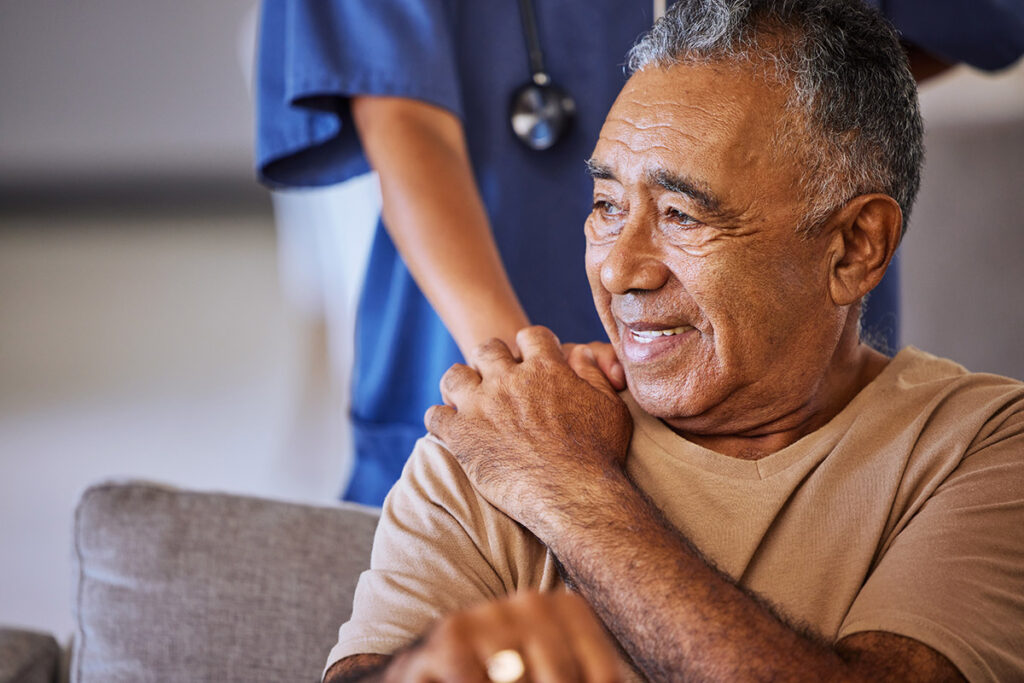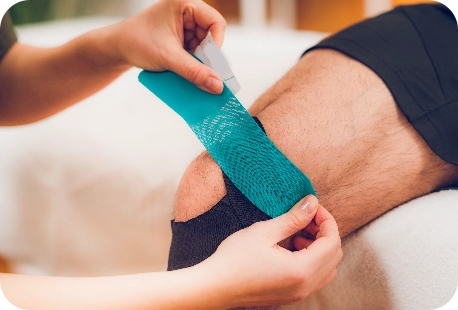

Physicians
Search

GENERAL INFORMATION
Today’s athlete can be a little league baseball player, a working mother interested in staying fit, or a senior citizen who golfs. From torn ligaments, to sprains and strains, Puget Sound Orthopaedics (PSO) surgeons have extensive experience in treating all kinds of conditions caused by sports related injuries. Whether you’re a weekend warrior or a high school, collegiate, or professional athlete, you can benefit from Puget Sound Orthopaedics sports medicine specialists to help you get back into the game.
Overuse injuries: These injuries occur over time, typically when an athletic activity is repeated often and the body does not have enough time to recover and heal between playing.
Stress fractures: Occur due to repetitive stress when the body is no longer able to absorb the shock and pressure of an action. Fatigued muscles transfer the stress to the bone causing tiny cracks in the bone.
Soft tissue injuries: Caused by overuse or sudden trauma (fall, twist or blow to the body), these injuries affect the muscles, tendons and ligaments.
Sprains and strains: Strains and sprains are common injuries when a ligament or tendon is hyper-extended leaving the tissue stretched or torn.
Tendinitis: An overuse injury caused by small repeated stresses to the tendon that cause inflammation or irritation of a tendon or the covering of a tendon.
Shin splints: Pain along the inner edge of the shinbone (tibia) caused by inflammation of the muscles, tendons, and bone tissue around the tibia.
Throwing injuries: Overuse injuries in the shoulder or elbow caused by repeated overhand motion that puts stress on the shoulder or elbow.
Burners and stingers: A painful electric shock feeling that spreads from the shoulder to the hand starting in the nerves of the neck after they have been stretched or compressed after an impact. These injuries tend to be temporary and symptoms can go away quickly.
Arthroscopy: A surgical procedure using an arthroscope, a small camera. The camera is inserted through a small skin incision and displays images on a video monitor. The surgeon uses those images to guide small instruments to the injury to make repairs.
Meniscal repair: The knee meniscus are two wedge-shaped pieces of cartilage between the thighbone and shinbone. They act as shock absorbers and are tough and rubbery to help cushion the joint and keep it stable. The meniscus can tear in four different ways and often occurs during sports when contact is involved. The type of tear determines if surgery may be needed. In a meniscus repair the tears are repaired with suturing using an arthroscope.
Ligament and tendon repair: tendons and ligaments are cords of fibrous tissue. Tendons connect muscle to bone and ligaments connect bone to bone.
Fracture repair: a fracture is a break in the bone. Bones can break in many different ways. When surgery is required to rejoin and realign the broken bones, pins, plates, screws or external fixators may be used.
Our specialties extend beyond what you see here. If you have a special need, make an appointment with us!